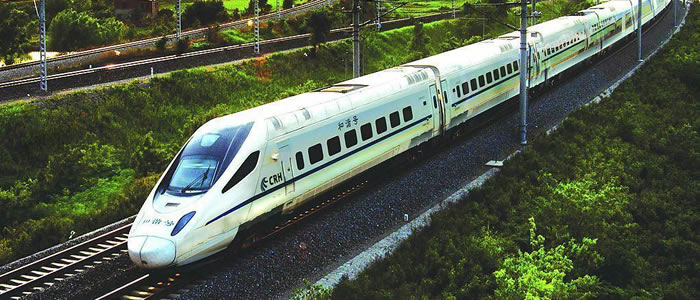Chinese Food
The development and diversity of the delights of Chinese cuisine are also representative of China's long history. With each dynasty new recipes were created until the art of food preparation reach its peak during the Qing Dynasty (1644 - 1911).
Eight Cuisines of China
Chinese regional cuisines are the different cuisines found in different provinces and prefectures of China as well as from larger Chinese communities overseas.
A number of different styles contribute to Chinese cuisine but perhaps the best known and most influential are Cantonese cuisine, Shandong cuisine, Jiangsu cuisine (specifically Huaiyang cuisine) and Szechuan cuisine. These styles are distinctive from one another due to factors such as availability of resources, climate, geography, history, cooking techniques and lifestyle. One style may favour the use of lots of garlic and shallots over lots of chilli and spices, while another may favour preparing seafood over other meats and fowl.
Based on the raw materials and ingredients used, the method of preparation and cultural differences, a variety of foods with different flavors and textures are prepared in different regions of the country. Many traditional regional cuisines rely on basic methods of preservation such as drying, salting, pickling and fermentation.
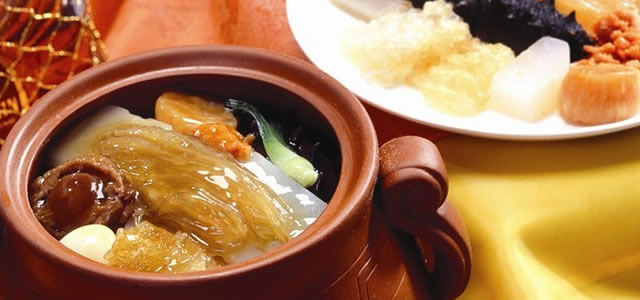
Cantonese cuisine
Cantonese cuisine (Chinese: 粤菜, yue cai),Dim sum, Cantonese term for small hearty dishes. These bite-sized portions are prepared using traditional cooking methods such as frying, steaming, stewing and baking. It is designed so that one person may taste a variety of different dishes.
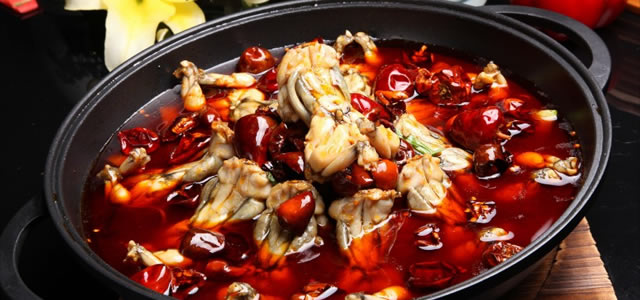
Sichuan cuisine
Sichuan (spelled Szechuan in the once-common Postal Romanization,Chinese:川菜,chuan cai), is a style of Chinese cuisine originating from the Sichuan Province of southwestern China famed for bold flavors, particularly the pungency and spiciness resulting from liberal use of garlic and chili peppers.
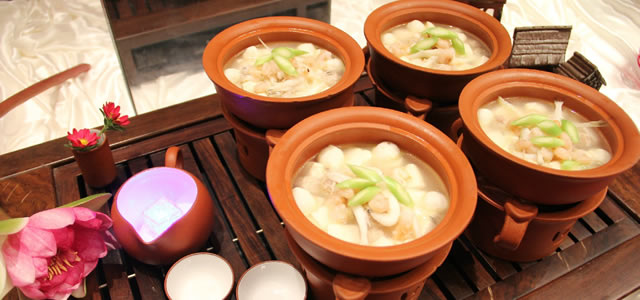
Anhui cuisine
Anhui cuisine (Chinese: 徽菜 or 徽州菜, huīzhoucài) is derived from the native cooking styles of the Huangshan Mountains region in China and is similar to Jiangsu cuisine, but with less emphasis on seafood and more on a wide variety of local herbs and vegetables. Anhui province is particularly endowed with fresh bamboo and mushroom crops.
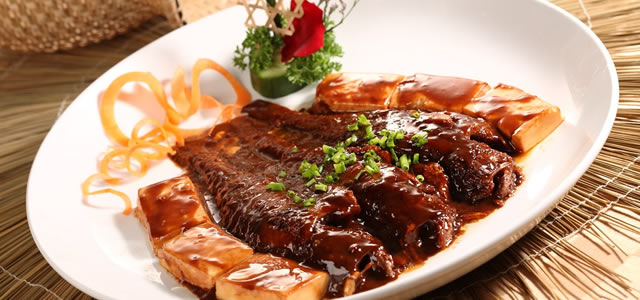
Shandong cuisine
Shandong Cuisine (鲁菜) is commonly and simply known as Lu cuisine. With a long history, Shandong Cuisine once formed an important part of the imperial cuisine and was widely promoted in North China. Lu cuisine dishes are known for their fresh, salty, crisp, and tender features.
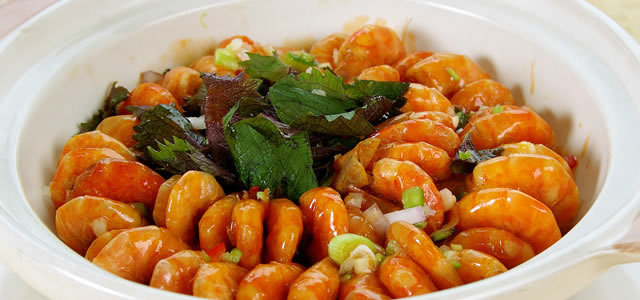
Fujian cuisine
Fujian cuisine(Chinese:闽菜,min cai) is influenced by Fujian's coastal position and mountainous terrain. Woodland delicacies such as edible mushrooms and bamboo shoots are also utilized. Slicing techniques are valued in the cuisine and utilized to enhance the flavor, aroma and texture of seafood and other foods.
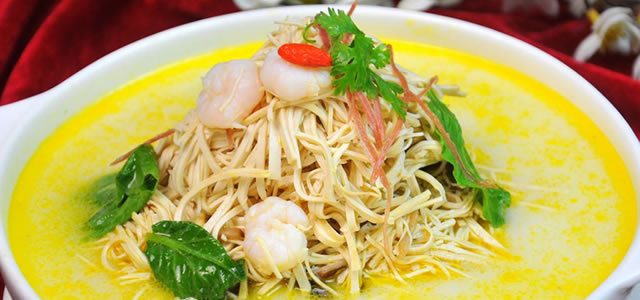
Jiangsu cuisine
Jiangsu cuisine, also known as 苏菜 Su (Cai) Cuisine for short, is one of the major components of Chinese cuisine, which consists of the styles of Yangzhou, Nanjing, Suzhou and Zhenjiang dishes. It is very famous all over the world for its distinctive style and taste.
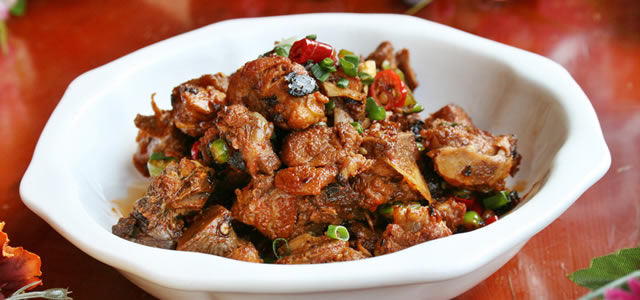
Hunan cuisine
Hunan cuisine is well known for its hot spicy flavor, fresh aroma and deep color. Common cooking techniques include stewing,stir-frying, pot-roasting, braising, and smoking. Due to the high agricultural output of the region, there are many varied ingredients for Hunan dishes.
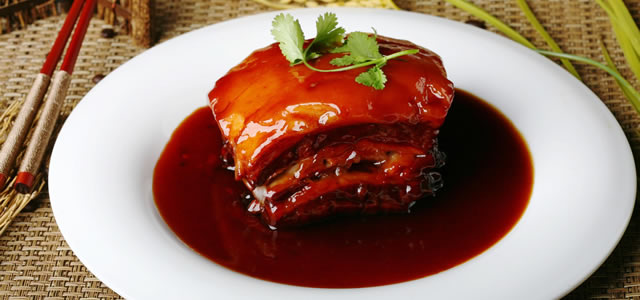
Zhejiang cuisine
Zhejiang cuisine (Chinese: 浙菜 or 浙江菜, Zhèjiāngcài) derives from the native cooking styles of the Zhejiang region. The dishes are not greasy, having instead a fresh, soft flavor with a mellow fragrance.
China High-Speed Train
Fly You Nationwide Without Wings
Once you are traveling up and down mainland China, the railway, brings on a whole new experience. With a total mileage of railways in use topped 100,000km (62137.1mi, second to the United States), China has only a handful of places left rail-less. In 2007, China entered the era of high speed rail, boasting for a maximum speed of 300km/h (186.4mi/h). At this speed, a Beijinger can get to Central Park in New York with 2 days, assumed there’s such a route. Reaching the places no flight reaches, galloping like there’s no limit, train in China is just like flight without wings. And such a train travel is something you wouldn’t want to miss.

Special group discount offer! Exclusively for Nihao China customers!
Group Discount Offer can be applied into whichever type of visa you applied for and no matter which country you applied for 5-10 people within a group @ 5% off; More than 10 people within a group @ 10% off;